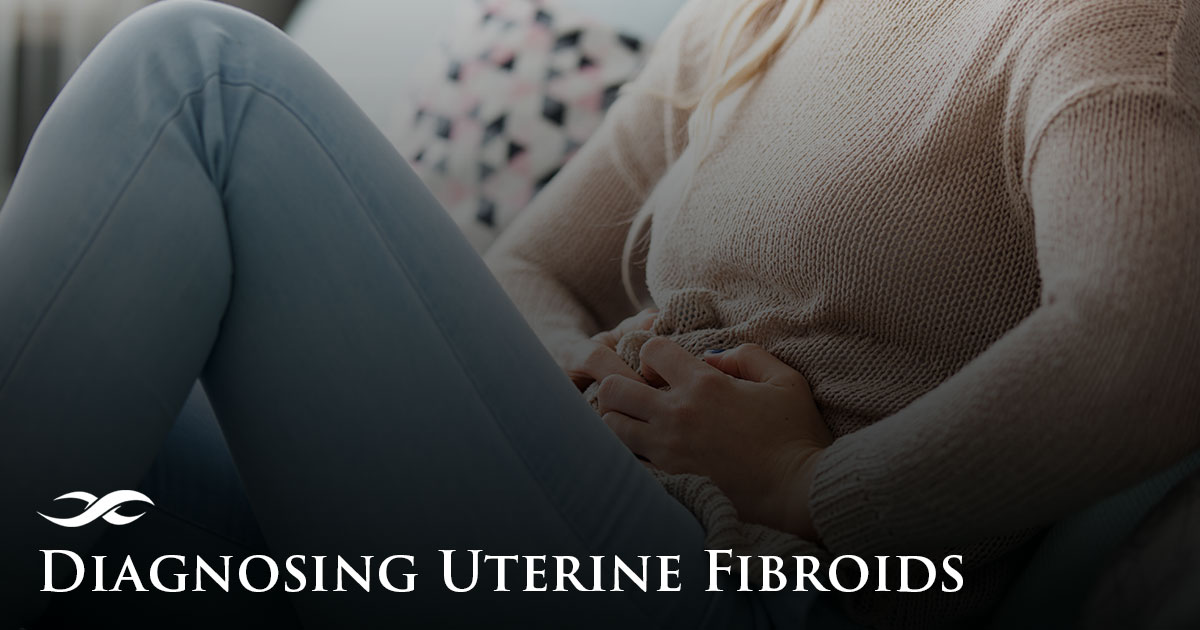Diagnosing Uterine Fibroids

If you have been experiencing symptoms consistent with uterine fibroids, it may be time to see a doctor. The physicians at Vascular & Vein Institute of Siouxland specialize in diagnosing uterine fibroids and treating them.
What Are Uterine Fibroids?
Uterine fibroids are a common condition that primarily affects women in their 30s and 40s. According to the Office on Women’s Health, 20-80% of women develop fibroids by the time they reach age 50.
These noncancerous growths occur in the muscle cells of the uterus. Uterine fibroids don’t spread to other areas of the body and typically aren’t dangerous. While some women may not experience any symptoms at all, below are common symptoms experienced by patients with uterine fibroids:
- Pelvic pressure or pain
- Heavy menstrual bleeding
- Menstrual periods that last more than a week
- Frequent urination
- Difficulty completely emptying bladder
- Severe cramps
- Pain during or following intercourse
- Abdominal enlargement
For more information on uterine fibroid symptoms, visit our blog Uterine Fibroids: Signs and Symptoms.
How Are Uterine Fibroids Diagnosed?
To begin, the physicians at Vascular & Vein Institute of Siouxland will conduct an exam and ask you questions about your symptoms. The answers to these questions can be extremely helpful in diagnosing uterine fibroids. We recommend preparing for your appointment in the following ways:
- Be prepared to share all of the medication or herbal supplements you are currently taking, including how often you take them.
- Keep a log of your symptoms, even if you aren’t sure if they’re related. For each symptom, make sure to note the severity, frequency, and duration.
- Ask your family if there is a history of uterine fibroids. According to the Office on Women’s Health, a patient’s risk of developing fibroids is about three times higher if their mother has a history of fibroids.
Not all fibroids can be detected during a routine pelvic exam. The physicians at Vascular & Vein Institute of Siouxland use a transvaginal ultrasound or MRI to confirm the presence of uterine fibroids.
To learn more about uterine fibroids, including treatment options, visit our blog Uterine Fibroids: What You Need to Know.
